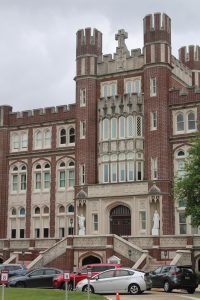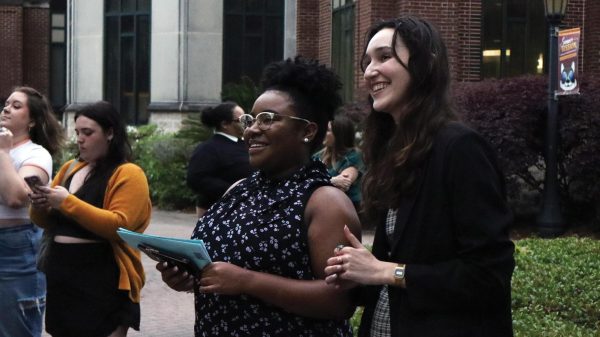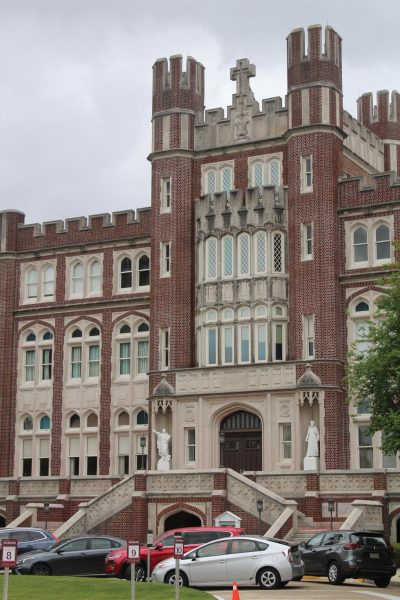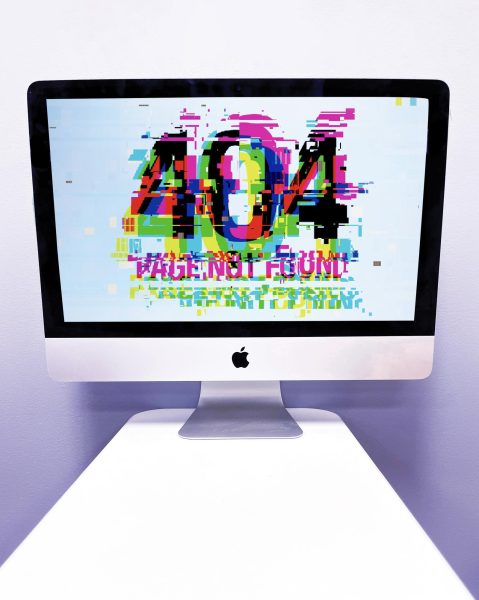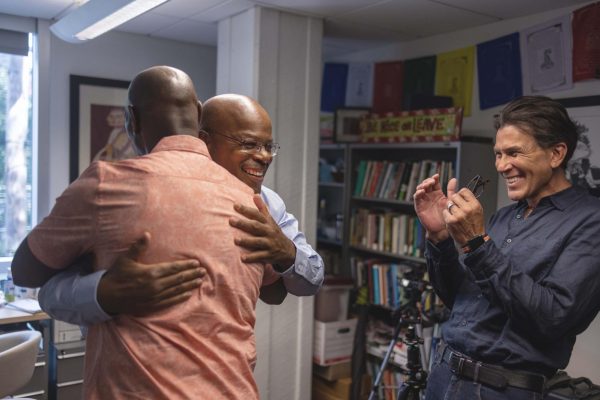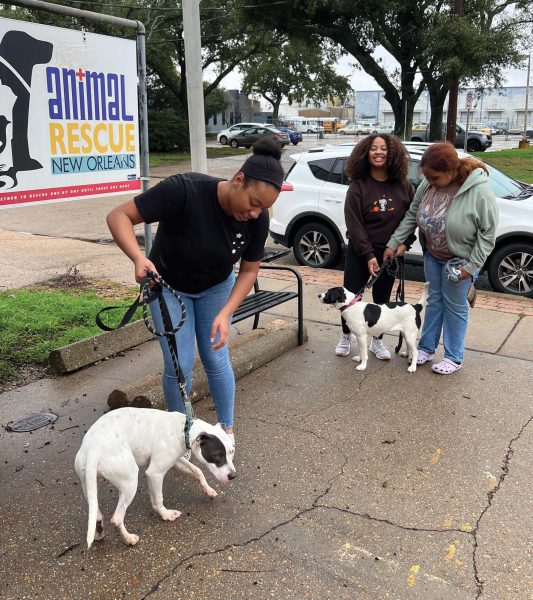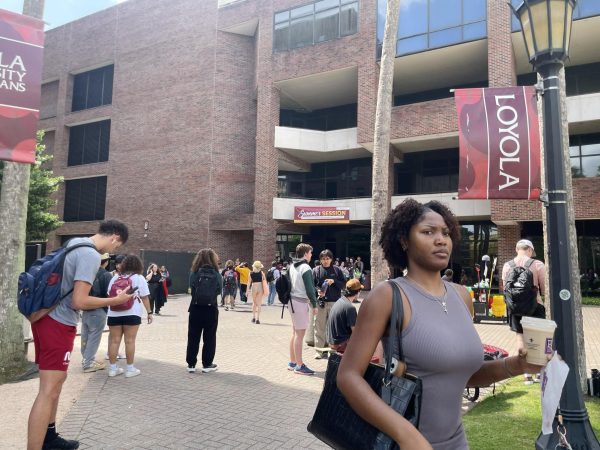New Orleans ranks fifth in the nation for HIV case rates
February 5, 2015
New Orleans has increased public programs in order to combat the high numbers of HIV cases in recent years, but the city still ranks fifth in the nation for its high number of annual cases.
According to the Louisiana Department of Heath and Hospitals, Louisiana saw 1,328 new cases of HIV in 2013 as of Sept. 31, 2014. Of these, 450 were in New Orleans alone.
Since then, the city has implemented more programs dedicated to HIV prevention, education and treatment.
Mark Alain Dery, founder of the New Orleans Society for Infectious Disease Awareness, said the effort that New Orleans has made in the fight against HIV is comparable to no other city.
“The city of New Orleans, and in particular the Office of Health Policy, is one of the most committed actors in the fight against HIV and AIDS that I have ever seen in my extensive travels around the globe,” Dery said.
The STD/HIV program in the Louisiana Department of Health and Hospitals is the primary public entity in HIV prevention in the state, according to their press officer John Ford.
The program’s director DeAnn Gruber said the department is committed to increasing services and education regarding HIV.
“We continue to reinforce the message that individuals need to know their HIV status, and if they are HIV-positive, link to medical care and begin treatment or medications as soon as possible,” Gruber said.
By increasing treatment on those already affected, Gruber said they are also preventing more cases.
Ford said that from 2008 to 2013, the overall percentage of people living with HIV in Louisiana decreased by 10 percent.
Angel Parham, associate professor of sociology at Loyola, said explanations for Louisiana’s high rates can be found by looking at the state’s socioeconomic conditions.
“In Louisiana, we’re almost always at the bottom,” Parham said. “Our poverty rate is one of the highest in the country, especially for children living in poverty. The public schools here do not teach what could protect after the choice is made not to abstain.”
Parham said that the state’s strict laws against drug paraphernalia, including the possession of needles also plays a factor in HIV rates, because people who are afraid to be caught with needles are more likely to share them.
“Needle exchange programs can be effective in protecting against HIV transmission, but they are controversial. People think that if you offer these types of programs, you’re promoting drug use, but you have to consider the trade offs,” Parham said.
The connection between Louisiana’s high rates of poverty and high rates of HIV are undeniable, according to Parham. She said that this is not just a lack of monetary funds, but it’s also a lack of resources in general, including access to contraceptives, education and heath care.
While Louisiana accounts for only 1.8 percent of the country’s population, it is home to 2.8 percent of all U.S. citizens living with HIV, according to the 2015 Center for Disease Control progress report.
Dery, like Parham, said that the problem does not lay with the state itself, but with the societal structure that is in place throughout the country.
“We as a society choose to live in a low-tax-low-service society. If you look at the high-tax-high-service countries, you will see their HIV burden to be a fraction of ours,” Dery said.





